North America is a biologically diverse continent with unique agro-climatic regimes, spectacular ecosystems, majestic forests and impressive wildlife. The continent has only three countries represented by a vast and sparsely populated northern Canada, a biologically diverse, vast landmass with different agro-climatic zones represented by the United States of America in the middle, and a spectacularly beautiful Mexico in the south. It is important to note that southern Canada and northern United States, as well as southern United States and Mexico are contiguous in terms of geography, geology, ecology, biology and climatic regimes sharing similar wildlife species, migratory and transboundary species on either side of their respective international borders.
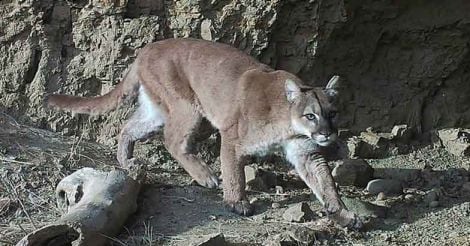 Cougar. Photo: Kent Arnica
Cougar. Photo: Kent ArnicaThe US is the only reported megabiodiverse nation from the continent, but together these three nations represent unique ecosystems like the Arctic tundra, Arctic and sub arctic alpine vegetation, boreal forests, woodland meadows, prairie meadows, vast prairie grasslands, moist Pacific north west and Atlantic north east, tropical rain forest, mountain cloud forest, moist evergreen forests, inland forests, extensive coastal and marine ecosystems and spectacular desert vegetations in the southern part of the continent. In short, North America stretches from the perpetual snow-covered Arctic areas to the arid deserts in the southern reaches, and is bordered on either side by major oceans, namely, the Pacific Ocean (in the west) and the Atlantic Ocean (in the east).
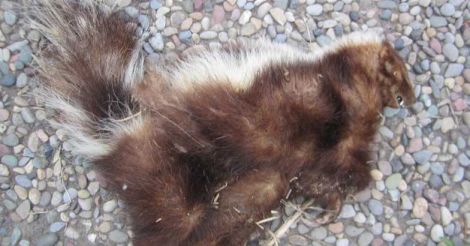 Skunk. Photo: Saikat Kumar Basu
Skunk. Photo: Saikat Kumar BasuSouthern reaches of Mexico become contiguous with the Central American and South American Neotropics. On the western border of this vast continent runs one of the most well known and globally famous, gigantic fold mountain chain, viz., the Rocky Mountains (commonly called ‘Rockies’). It extends from northern British Columbia in Canada to New Mexico in southwest United States for almost 3,000 miles. It is amazing to think how distinct and diverse is the North American ecosystems with Alaska (United States), Yukon, North West Territories and Nunavut (Canada) in the extreme north to California, Arizona, New Mexico, Texas, Louisiana and Florida in southern United States to Baja California, Sonora, Chihuahua, Campeche, Chiapas, Colima Durango, Guerrero, Michoacan, Coahuila in Mexico. The biodiversity of the continent of North America is truly spectacular.
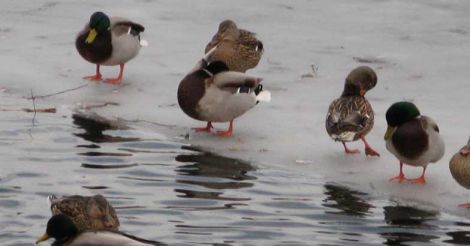 Malklard Duck. Photo: Saikat Kumar Basu
Malklard Duck. Photo: Saikat Kumar BasuThe continent is grandeur with spectacular mammalian species suchas American bison, puma (cougar or mountain lion), Florida panther, ring tailed cat, Kodiak bears, polar bears, black bears, sprit bears, grizzlies, caribou, elk, moose, mule deer, white tailed deer, pronghorn, musk ox, skunk, badger, wolverine, bobcat, Canadian lynx, raccoon, mink, weasels, vole, pocket mouse, deer mouse, wood rat, rice rat, flying squirrel, Richardson’s ground squirrels, black tailed prairie dogs, pocket gophers, lemming, meadow mice, mole, shrew, bighorn sheep, mountain goat, musk rat, beavers, river otter, porcupine, jack rabbit, pygmy rabbit, snowshoe rabbit, cotton tail rabbit, black-tailed jack rabbit, swamp rabbit, Arctic hare, Mexican prairie dog, the San Quintin kangaroo rat, the volcano rabbit, collared pika, bats, silky ant eater, squirrels, opossum, peccary, feral pigs, wild boars, coati, Baird’s tapir, groundhog, armadillo, coyote, grey wolf, Mexican wolf, red fox, grey fox, kit fox, divergent species of both major and minor species of whales, dolphins, gong, manatee, seals, walrus, sea otters and a rich spectrum of numerous marine invertebrates and vertebrates.
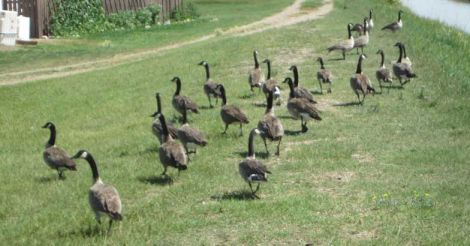 Canadian Duck. Photo: Saikat Kumar Basu
Canadian Duck. Photo: Saikat Kumar BasuAmong spectacular avian species of North America, the ones worth mentioning are Californian condor, bald eagle, ospreys, barn owl, snowy owl, Canada geese, mallards, woodpeckers, snowy goose, pigeons and doves, prairie chicken, sage grouse, blue jay, cardinal, chickadees, wooping cranes, burrowing owl, sparrows, puffins, magpies, crows and ravens, hummingbirds, roadrunner, Harris hawk, Swainson’s hawk, red-rumped hawk, ferruginous hawk, American robin, purple martin, Cooper’s hawk, great horned owl, great purple heron, thrush, blackbirds, plover, loons, killdeer, canvasback, wild turkey, pintails, tern, bitterns, American coot, American black duck, dipper, flamingo, golden finch, kestrel, oystercatcher, pelicans, woodcock, night hawk, falcon, wigeon, anhinga, swallows, petrel, shearwater, oriole, flycatcher, mockingbird, teal, bananaquit, storm-petrel, sea gulls, godwit, barnacle goose, kingfisher, wren, black noddy, black rail, black phoebe, scoter, skimmer, swift, turn, turnstone, black vulture, black-billed cuckoo, black-crested titmouse, night heron, grassquit, black-footed albatross, gnatcatcher, warbler, bunting, cormorant, curlew, thrasher, rosy finch, partridge, quail, bushtit, bufflehead, starling, whistling duck, grebe, wood duck, gannet and pipit, to name only a handful.
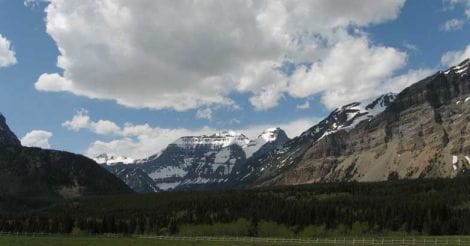 Rockies. Photo: Saikat Kumar Basu
Rockies. Photo: Saikat Kumar BasuDifferent species of frogs, toads, newts and salamanders (amphibians), different species of gutter snake, bull snake and rattle snakes, aAmerican alligator, American crocodile, alligator snapping turtles, various species of sea turtles, land and marine iguanas, lizards, Gila monster (reptiles) and fish varities like salmon, chad, pike, walleye, sturgeon, whitefish, bullhead, minnow, trout, swordfish, Arctic cisco, Arctic grayling, lampreys, shiner, darter, molly, thresher, gar, bass, pipefish, cavefish, chub, cod, sucker, flounder, eel, topminnow, snapper, catshark, catfish and pinfish are well represented in different North American ecosystems from the snowy north to the tropical south.
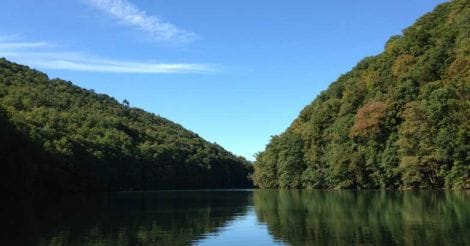 USA. Photo: Rosemarie Calvert
USA. Photo: Rosemarie CalvertMigratory species of geese and ducks, particularly huge flocks of Canada geese across the continent at the end of fall is truly an iconic representative of the spectacular beauty of wild North America. The appearance of snowy owl during the winter or the sea gulls in the inner parts of the continental North America at the beginning of summer is indicative of the seasonal changes. The majestic monarch butterfly and American bumble bees are flagship insect species of the continent and a representative of the tremendous diversity of the continent. The numerous plants that grow across the continent from the prairie and desert cactus and tropical orchids to the gigantic redwood trees are reminiscent of the floral diversity of the continent. From the boreal forest in the north of Canada to the Florida keys in the south west to the deserts across southern United States and Mexico into the tropical forests down extreme south is a majestic grandeur of nature and representative of the spectacular biodiversity of the continent of North America.
(The author is a Canada and India based freelance journalist specializing in global geo-political, strategic and foreign policy issues, science & technology and environment & conservation related themes.)

























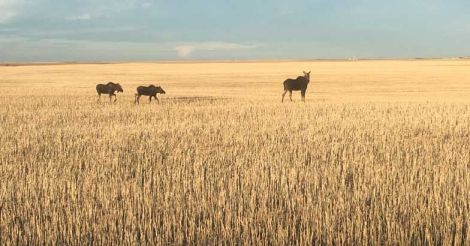 Moose. Photo: Cam de Wolf
Moose. Photo: Cam de Wolf